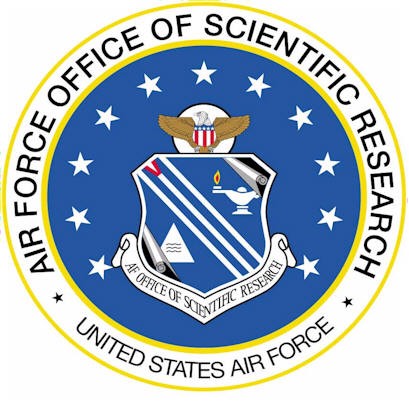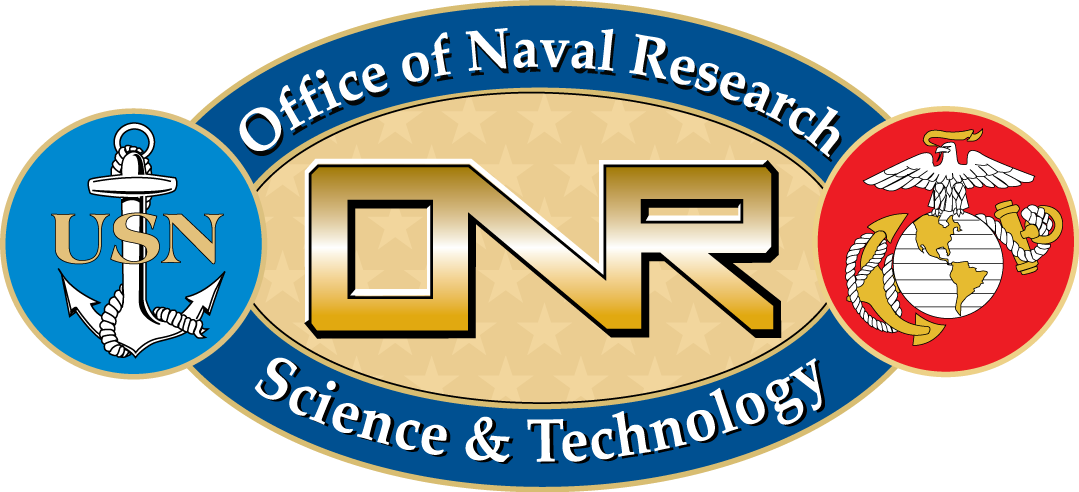Research
The development of new technologies at scales approaching the quantum regime is driving new theoretical and experimental research on control in quantum systems. The implementation of quantum control has an enormous impact on a wide range of fields such as chemistry, nuclear magnetic resonance, microelectronics, and precision metrology. Quantum control finds an ideal application in quantum information processing (QIP), which promises to radically improve the acquisition, transmission, and processing of information. To reach this goal it is necessary to improve both the experimental techniques and the coherent control theory of quantum bits (qubits), as well as to gain a deeper knowledge of the mechanisms of decoherence, which must be studied and fought against.
The Quantum Engineering Group focuses on methods to control quantum systems that can deliver QIP devices (not only quantum computers but also simulators, measuring and communication devices), which exceed the capacities of the corresponding classical devices.
Funding
 |
 |
|
|
|
|
| ARO - MURI QuISM |
The Quantum Engineering Group is part of the Research Lab of Electronics (RLE), the Center for Ultracold Atoms (CUA) and the Interdisciplinary Quantum Information Science and Engineering (iQuISE).





